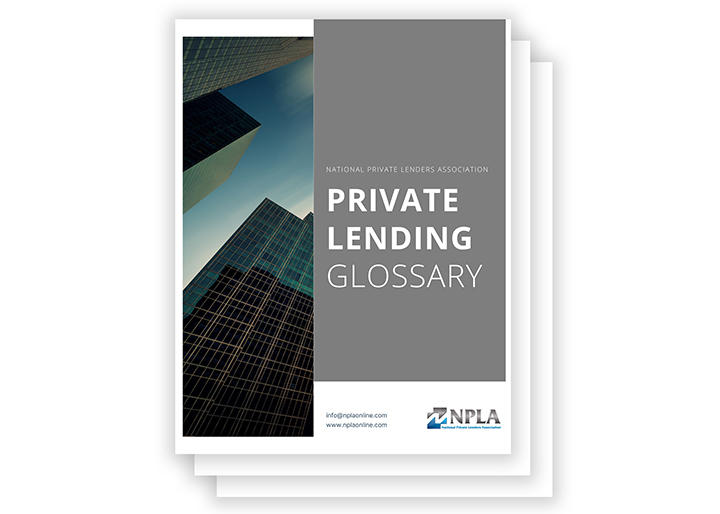REI INK at IMN East
Co-Hosted by RCN Capital & REI INK | Sponsored by Five Brothers Asset Management, The Home Depot and Urban Surfaces Taste Tester Investor – Another great culinary event themed “Spice Up Your Life with Indian Cuisine.”
Read More
Co-Hosted by RCN Capital & REI INK | Sponsored by Five Brothers Asset Management, The Home Depot and Urban Surfaces Taste Tester Investor – Another great culinary event themed “Spice Up Your Life with Indian Cuisine.”
Read More
California’s Capital City Remains an Anomaly…In a Good Way By Carole VanSickle Ellis Just before the start of the 20th century, the residents of Sacramento decided to enact a sea change in the local geography. Believing the “City of Plains,” as the area was called in 1855, to be too flat and swampy, locals began planting cottonwoods and imported eucalyptus trees to help dry out swampy areas and create a
Read More
Creating an Innovative Ecosystem for Investors By Carole VanSickle Ellis When Tim Reilly, executive vice president of asset management at homegenius parent company Radian, talks about homegenius, he describes a company that is a product of decades of evolution in the single-family residential (SFR) space. In fact, said Reilly proudly, this emerging Radian brand is more of an “ecosystem” than a mere company, with a service line offering what the
Read More
A Standard Language Will Bring a Level of Cohesiveness Across Industry By Amy Kame With its intricate terminologies and concepts, the private lending industry can be seen as a dynamic ecosystem teeming with various entities and processes. In this environment, lenders, borrowers, regulators, and investors coexist and interact, propelling the industry’s growth and evolution. With this type of interdependence, a universal language — or, in this case, a standard glossary
Read More
The Financial and Community Impact By the End 2 End Team Your property is being taken without your consent and your knowledge. You find your asset is being essentially snatched away from you by a squatter, an individual living in your property while having no title, no rights, and/or no lease. Despite the squatter having no right to the property, it now falls upon you to determine how to remove
Read More
“Price is what you pay. Value is what you get.” — Warren Buffet By Julie Parker The booming market of residential real estate we experienced nationwide in 2021 through the first half of 2022, saw buyers purchasing homes at well over list price. The buying phenomenon of that time is now causing some waves in the appraisal industry as current valuations of those properties purchased during that time period are
Read More